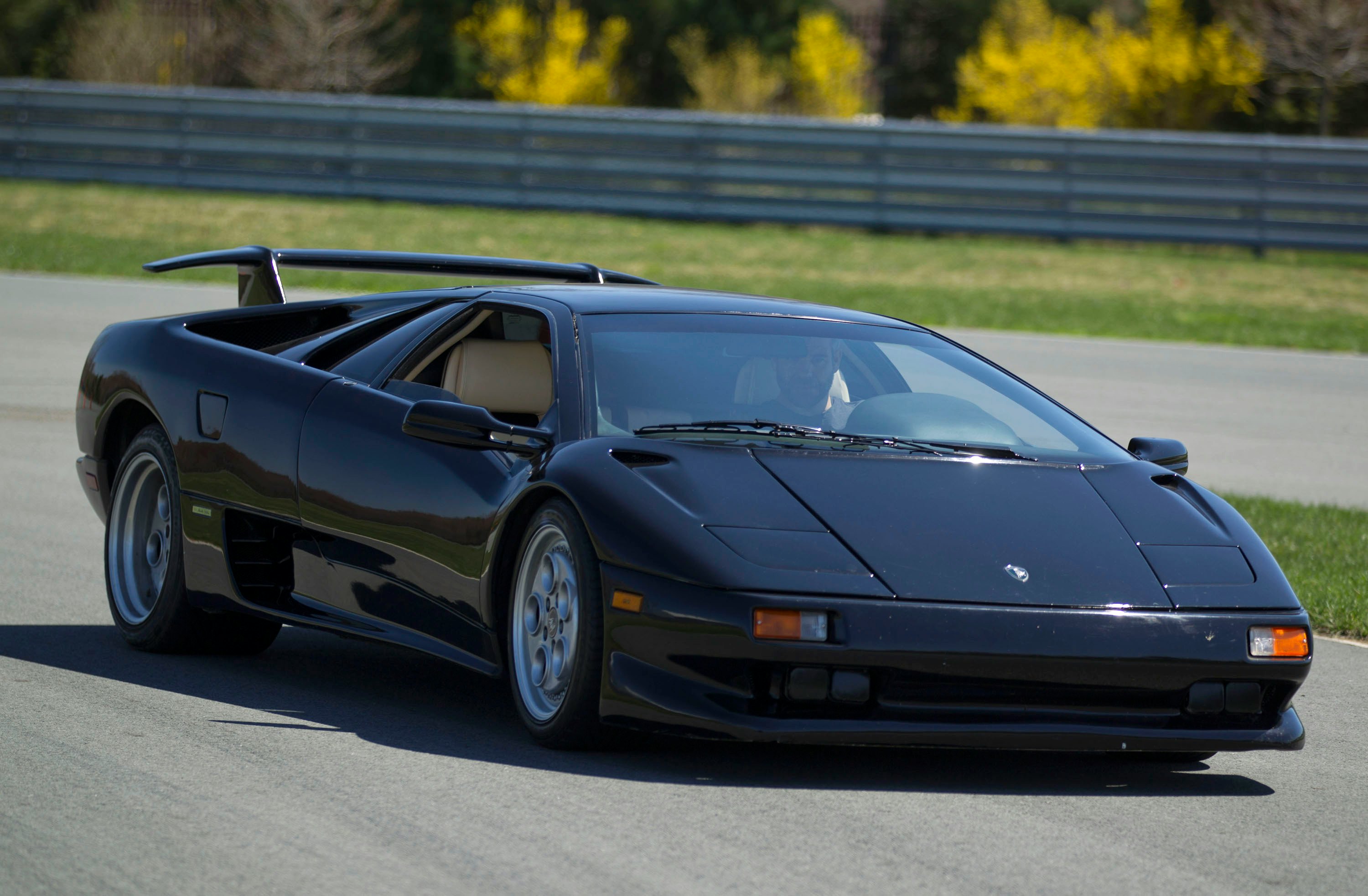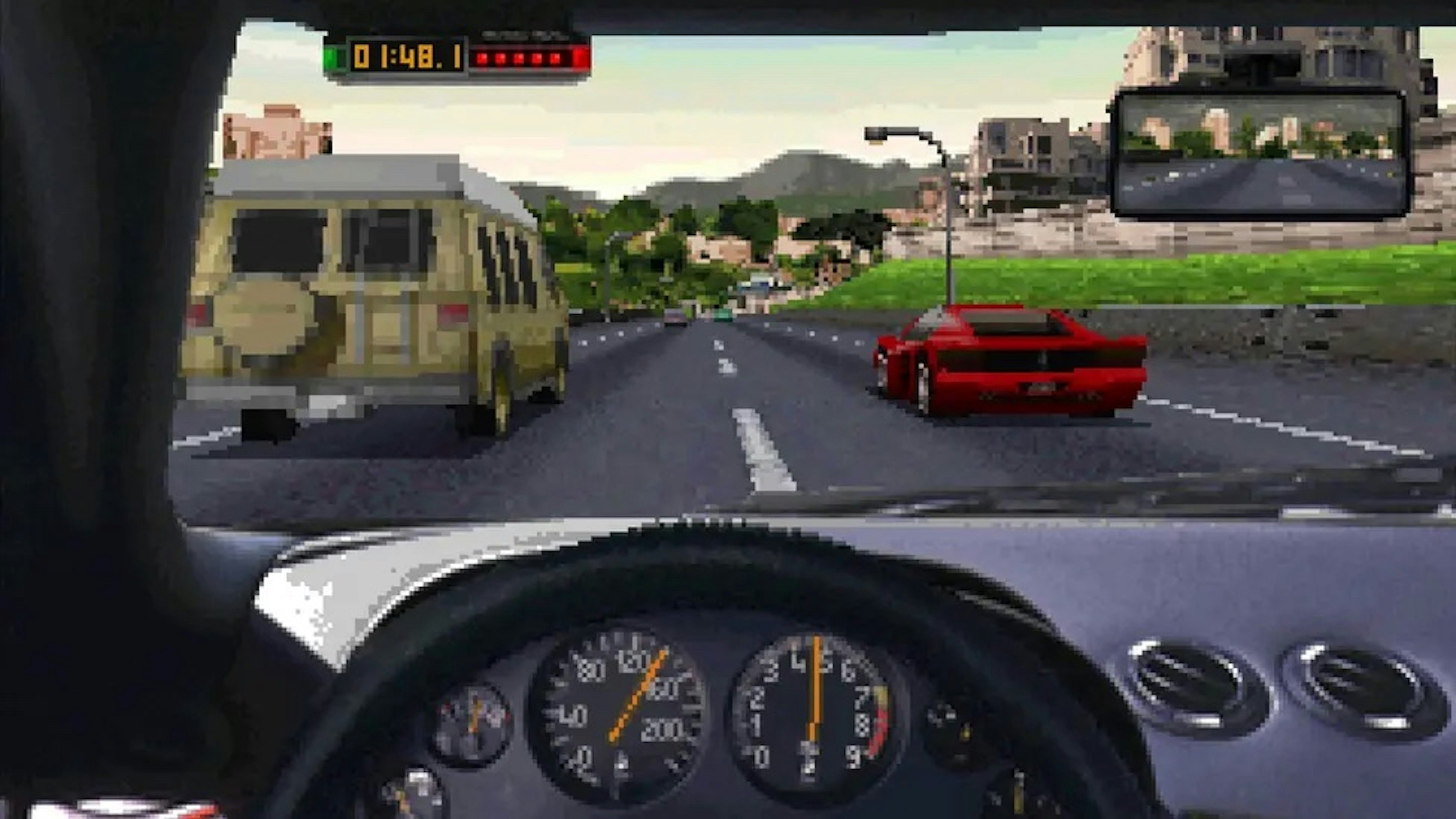
Racing games are, in some senses, the purest kind of video game. The skill involved in being good at any version of Mario Kart versus say Gran Turismo 7 is probably more similar than it's not. While some car-centric games are more realistic than others, the concept of realism in gaming is imprecise. To put it another way, nobody ever really learned how to drive from a racing game.
And yet, thirty years ago, in 1994, Electronic Arts dropped a racing game that seemed intent on being the most realistic racing game of all time. This game was Need for Speed, a deceptively simple game that perfectly captures the tension between what makes a great game and what makes a good simulation.
In an era in which 90’s kids were encouraged to save money for their local book fair to buy posters of sports cars they would never be able to afford, Need for Speed struck the sweet spot between real objects and fantasy living. The cars were real. The specs were real. Here, we could actually get behind the wheel of a Lamborghini Diablo, or the Dodge Viper, a car that, thanks to a short-lived sci-fi TV show called Viper, we’d all been gaslit into thinking this car was cooler than K.I.T.T., the Pontiac Trans Am from Knight Rider. (Dear reader, it wasn’t.)

The point is, regardless of whether you choose to drive the Lamborghini, the Viper, the Toyota Supra Turbo, the Acura NSX, the Mazda RX-7, the Ferrari, the Corvette, or the Porsche, a sense of authenticity of the cars themselves was the thing that made Need for Speed appealing and unique. Electronic Arts collaborated with Road & Track magazine resulting in lavish photographs on the menu screen. As you selected your car and decided on what kind of transmission you wanted, an omnipresent guitar solo wailed, as though Dire Straits’ “Money For Nothing” was the only song ever worth listening to.
Although the first The Fast and the Furious film wouldn’t hit theaters until 2001, Need for Speed was an early sign of a general obsession with modern sports cars in fantasy environments. Sure, there had been racing games before, but it’s not like anyone’s parents in the 1990s remembered playing video games where they were able to race Aston Martins in the 1960s. Before The Need for Speed, fantastical car chases were reserved for watching racing as a sport, or action movies like the James Bond franchise. We may take racing games focused on real vehicles as a given today, but before Need for Speed, there wasn’t really a good or even passable equivalent. While Sega gave us Sega Rally Championship in 1995, Need for Speed easily set the gold standard in 1994 mostly because it dared to be a racing game that didn’t put the cars in fancy racing stripes.
This was a crucially important idea. Although Need for Speed doesn’t actually simulate what it’s like to drive a car, it interpreted driving in real places for home gaming. And it did so, somewhat convincingly, for the first time, ever. Even now, you if you play an old 1994 PC version on a DOS emulator, you’ll have to remind yourself to take your car out of neutral before you step on the gas. This is a small thing, but Need for Speed didn’t want to make driving nice sports cars easy.
Although the game offered numerous cars, environments, and modes, it still insisted that you know, at least, a little bit about cars to mash the buttons. Thankfully, Need for Speed wasn’t fully immersive; you don’t have to take your car to the garage and change the spark-plugs yourself, but there are times when playing it that it feels like you could.
Three decades after its initial release on August 31, 1994, what makes the very first Need for Speed so fascinating is the way it perfectly encapsulates a paradox inherent to all racing games: It gives us the thrill of driving faster than we ever should without leaving our home. But, the brilliance of Need for Speed is that it made this fantasy seem not just closer to reality, but attainable. For a fleeting moment, we were behind the wheels of these amazing cars, and flying down the highway toward a future in which everyone would forget that before this, racing games weren’t even close to this good.







